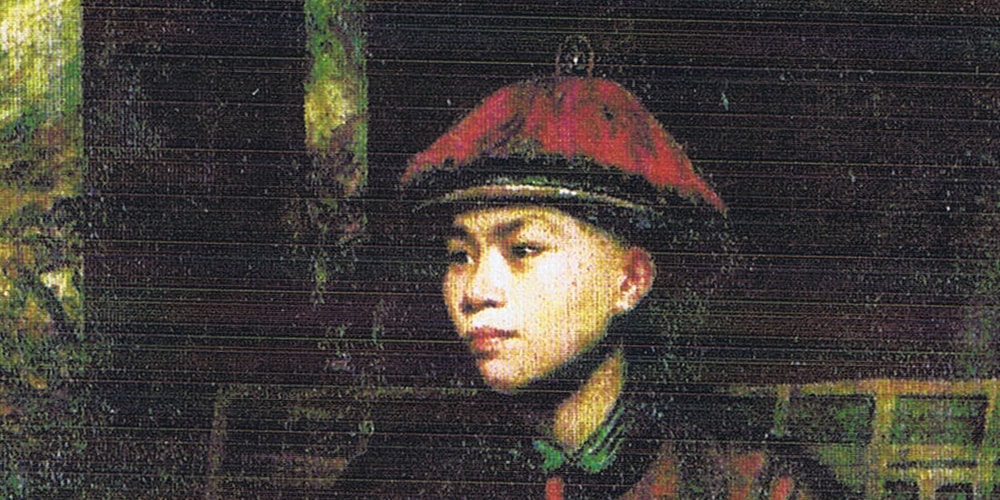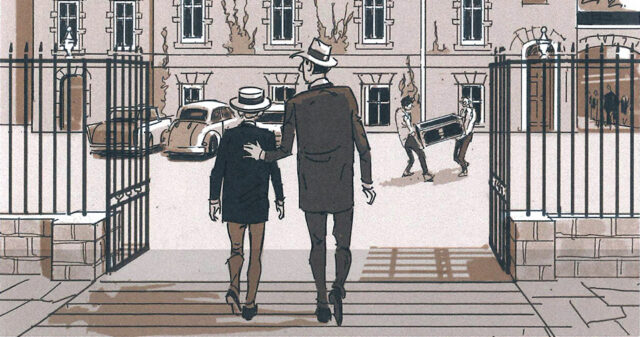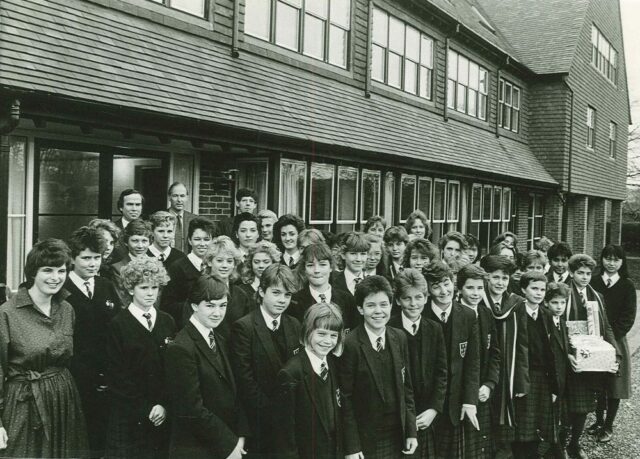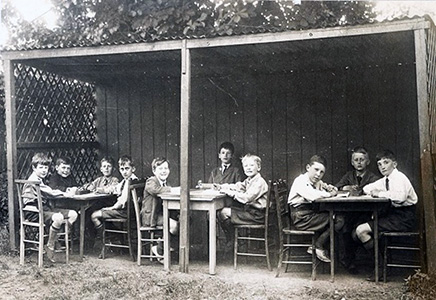Class of 1780: Huang Ya Dong
Sevenoaks School’s long-standing commitment to internationalism is well documented. Could it be that our first international student came here as early as the 18th century?
Huang Ya Dong, one of the earliest Chinese visitors to Britain, is said to have attended Sevenoaks School during the 1770s.
English interest in China can find its roots in Marco Polo’s published adventures in the 13th century, a fascination that flourished with the aid of travellers’ accounts and Asian imports, and became firmly rooted in 1672, after the East India Company secured a trading post in Taiwan. This growing vogue for all things Oriental reached its zenith between 1750 and 1765 as a ‘Chinoiserie’ obsession gripped England, stimulating European imitations of the Far East as the fashionable decorated their homes with porcelain, silks and lacquerware.
It was into this period of Oriental curiosity that Huang Ya Dong (known to his English contemporaries as Wang-y-Tong, Wang-o-Tang, Quang-at-Tong and other such variants) arrived in England in 1774, travelling a barely worn path first traversed by the Jesuit convert Shen Fu-Tsung in 1686. Huang’s own journey was enabled by John Bradby Blake, a trader with the East India Company whose keen interest in naturalism led him to bring Huang to England due to his knowledge of the propagation and use of Chinese plants. This event in itself is significant, as although trade between the two countries was strong, ideas were rarely shared. Unfortunately, Blake fell ill and died just before Huang arrived in England.
Following the death of Blake, Huang, then aged around 20, passed into the care of John Frederick Sackville, Duke of Dorset, and evidence suggests that he became a page for Sackville’s Italian mistress, Giovanna Baccelli. According to Sackville family tradition, he is believed to have attended Sevenoaks School (then Queen Elizabeth’s Grammar School). Although the school has no records to substantiate this claim, it is mentioned in John Bridgman’s 1817 Historical and Topographical Sketch of Knole, dedicated to (and probably based on interviews with) the Duke’s widow, Arabella Diana. Sackville assembled his own distinctive art collection and Huang’s presence in the household could be seen as an extension of this – a living piece of Chinoiserie, and an embodiment of the English enthusiasm towards the Orient.
Evidence suggests that Huang shared his knowledge on the manufacture of Chinese porcelain with Josiah Wedgwood and discussed the principles of acupuncture with the physician Andrew Duncan.
Yet the greatest example of cultural exchange can be seen in his interactions with Sir William Jones – the philologist and scholar of ancient India best known for his suggestion of a relationship between Indo-European languages. According to Professor Fan Cunzhong, ‘The English were often bewildered by conflicting accounts of China by French writers. It wasn’t until the late 18th century, when Sir William Jones taught himself to decipher Chinese characters, that there were signs of direct cultural contact.'[i] This led to attempts at a more serious study of China. Huang Ya Dong played a part in aiding Jones’ studies, lending him the Shijing, a collection of Chinese poems. However Jones’ knowledge of Chinese never got beyond the stage of deciphering characters.
The presence in London of a Chinese artist named Tan Che-Qua seems to have encouraged Huang to make his trip to England, having, according to Sir Joshua Reynolds, ‘received from the former a favourable account of his reception there’. Yet the journey was long and dangerous, and made at a time when the Chinese imperial administration discouraged its subjects from travelling abroad. Were there other factors therefore that motivated Huang to make the journey? To this question Reynolds (in the same letter of 18 February 1775) gives valuable insight: his journey was ‘partly due to curiosity and a desire of improving himself in science, and partly with a view of procuring some advantages in trade, in which he and his elder brother are engaged. He arrived here in August, and already pronounces and understands our language very tolerably, but he writes it in a very excellent hand…he has a great thirst after knowledge, and seems to communicate readily what is communicated to him…’ Throughout his stay in England, Huang was ‘a minor celebrity in intellectual circles'[ii], meeting the aristocracy, writers, antiquarians and artists while continuing his role as page for Baccelli at Knole, where, with the servants addressing him as ‘Warnoton’, he appears to have been regarded in a more ornamental and domestic light. But what was the true nature of his groundbreaking visit to England? Was it due to Huang’s own enterprising nature, or simply a by-product of Oriental fascination? The answer is elusive; Huang had returned to China by 1784 and contemporary references to him dwindle after this time.
Caroline Sharp (OS 2013)
This article was first published in the Sennockian 2011-12
[i] Fan Cunzhong, 1964. ‘Sir William Jones’s Chinese Studies’. In: Adrian Hsia, ed 1998. The Vision of China in the English Literature of the Seventeenth and Eighteenth Centuries. Chinese University Press.
[ii] Emile de Bruijn, ‘An 18th-Century Ornamental Adventurer’, ABC Bulletin (National Trust), Summer 2011
Image: Wang Y Tong, a Chinese, by Sir Joshua Reynolds (detail). By permission of Lord Sackville/Trustees of the Knole Estate.



